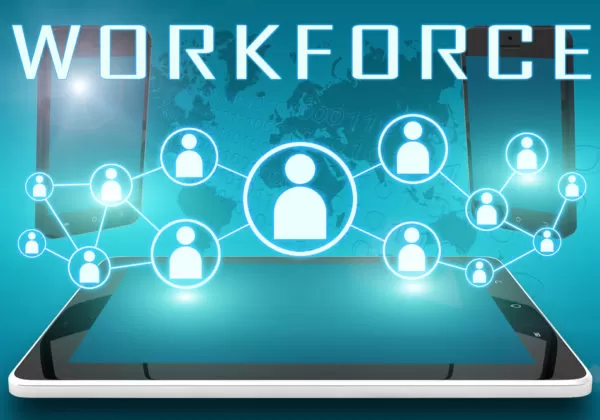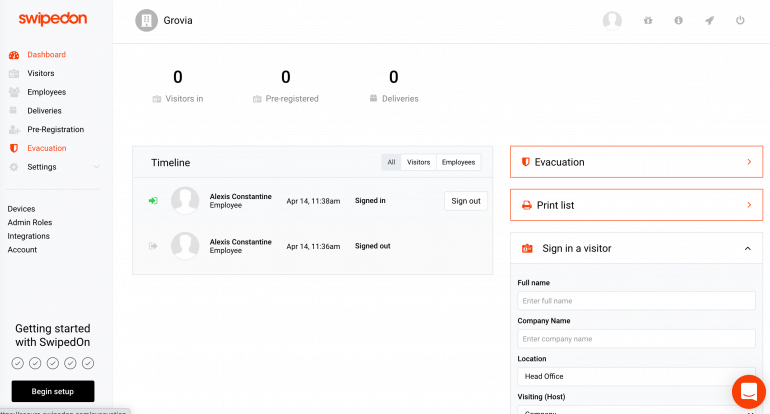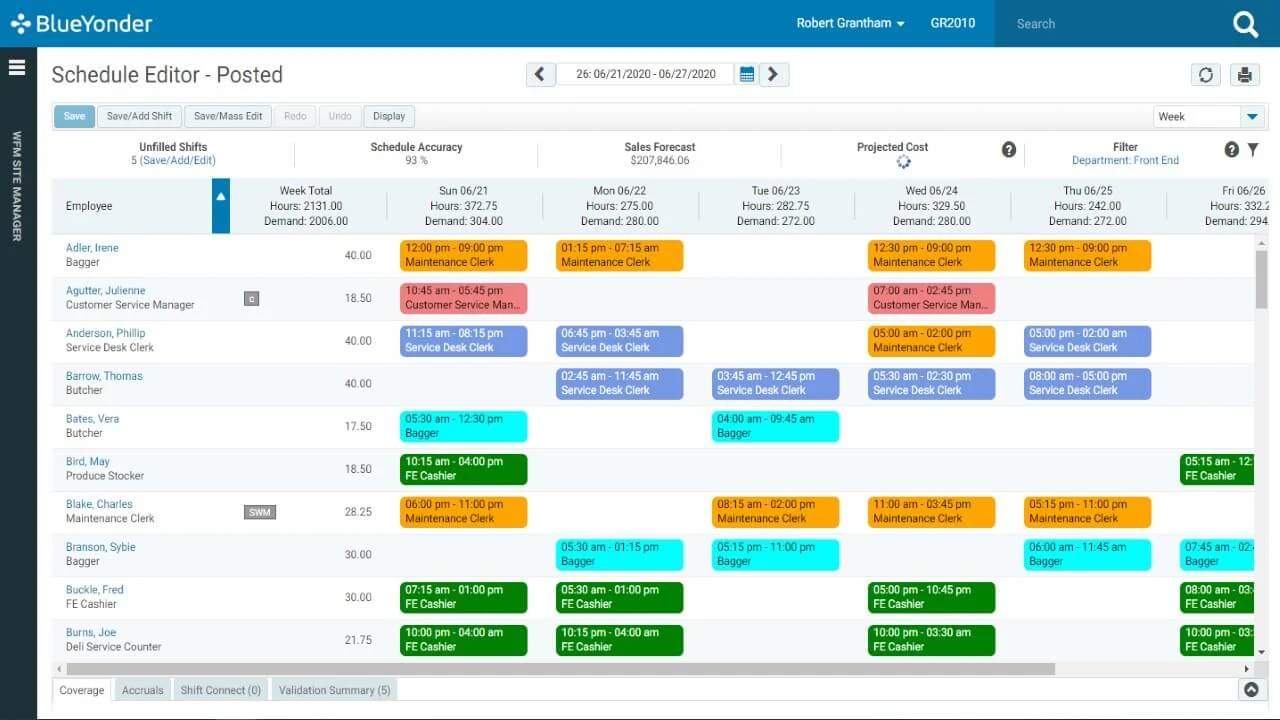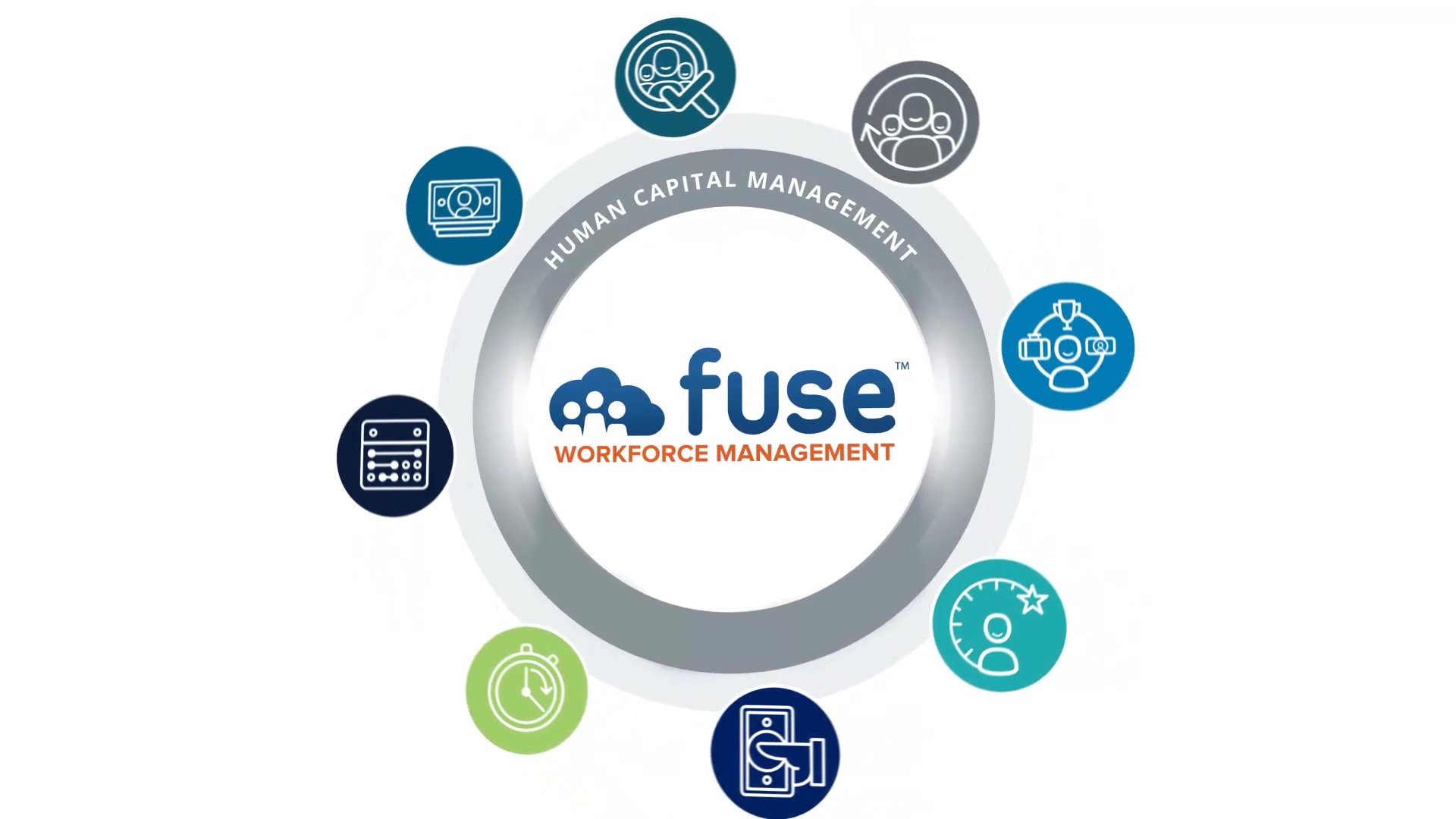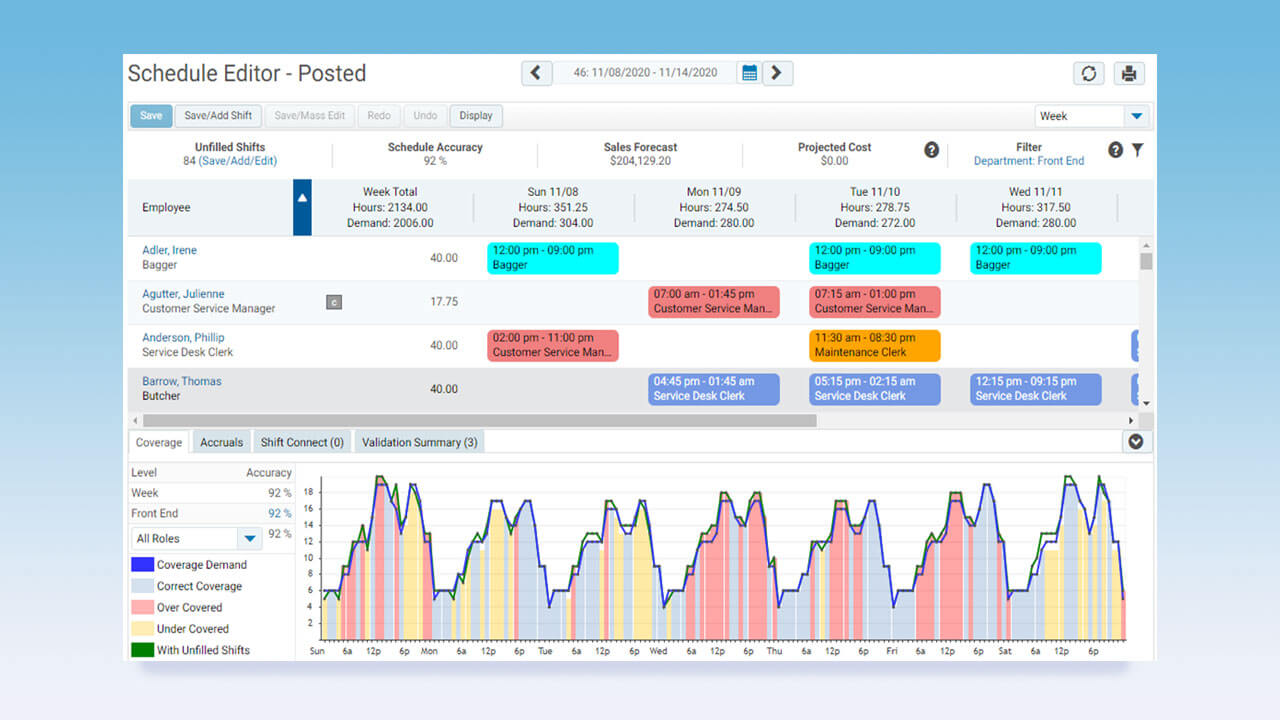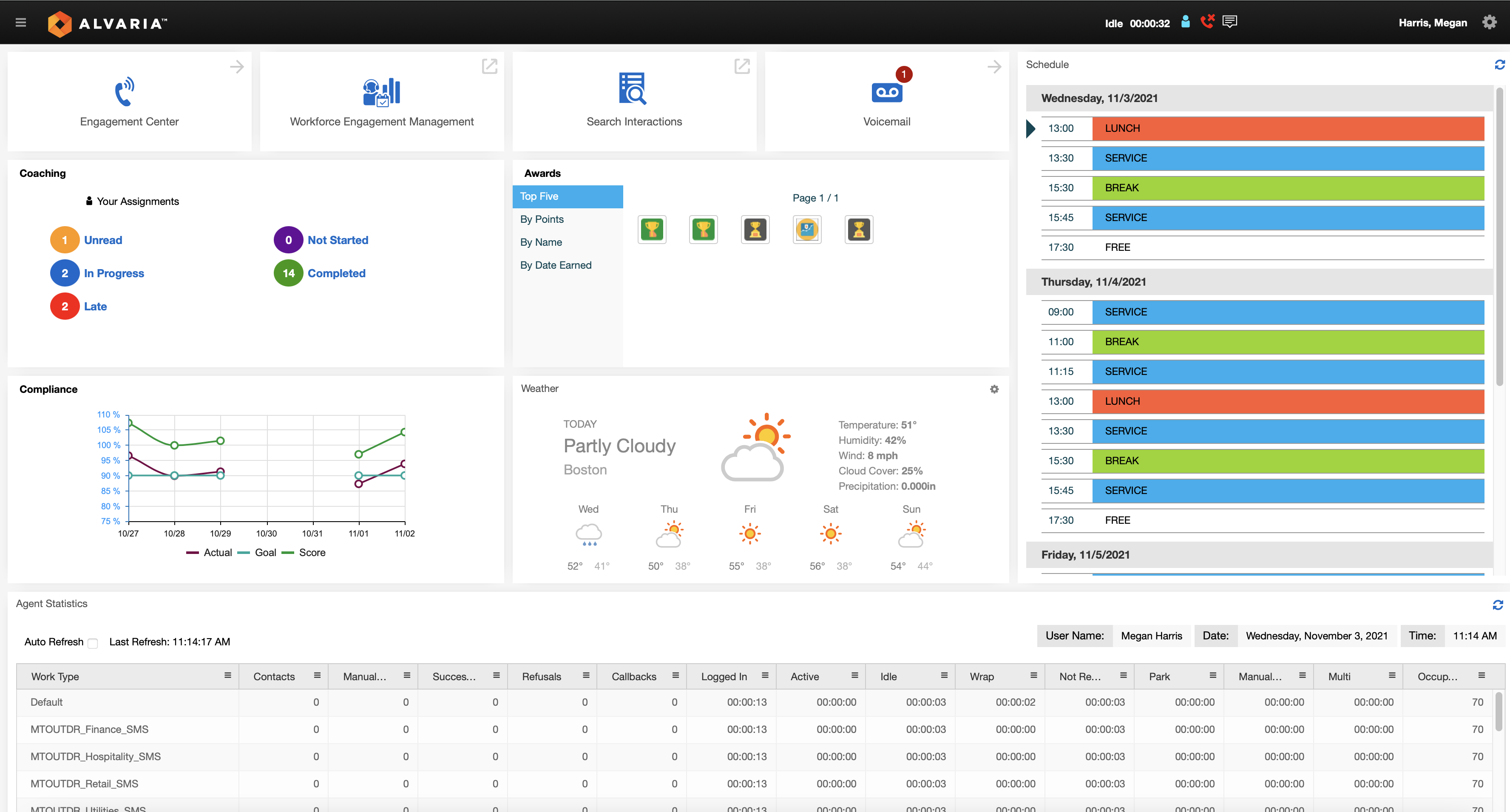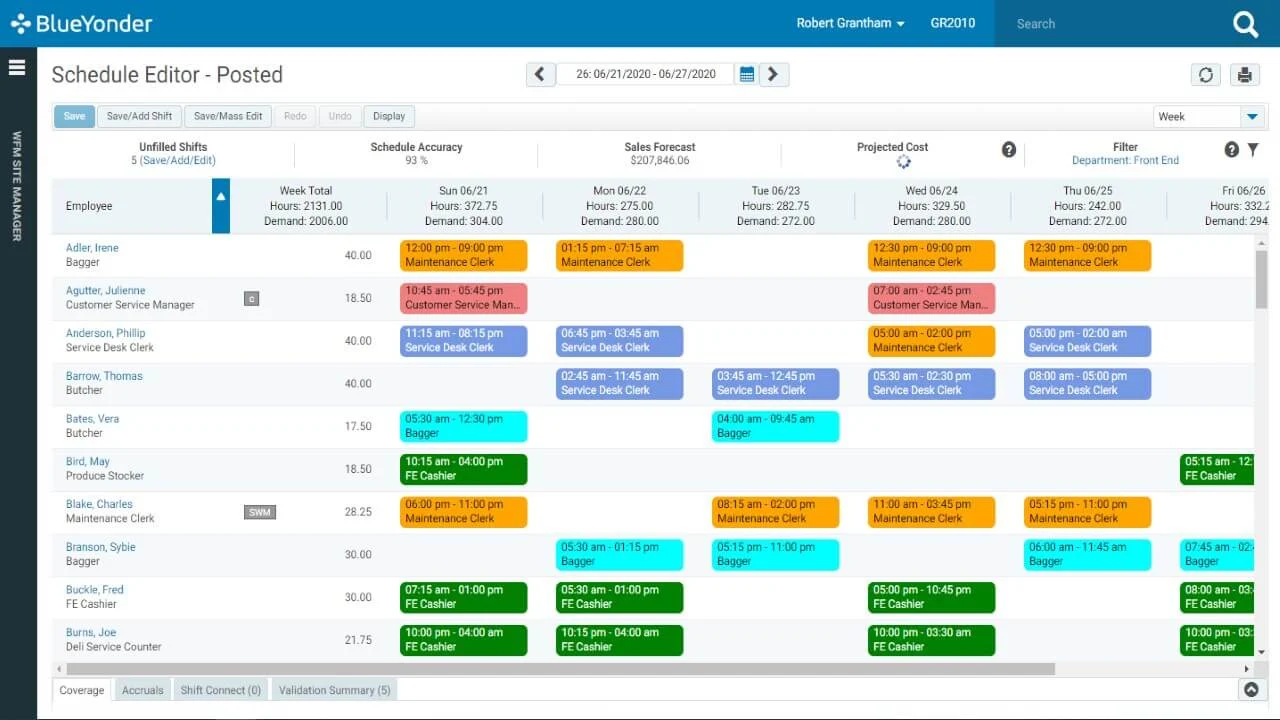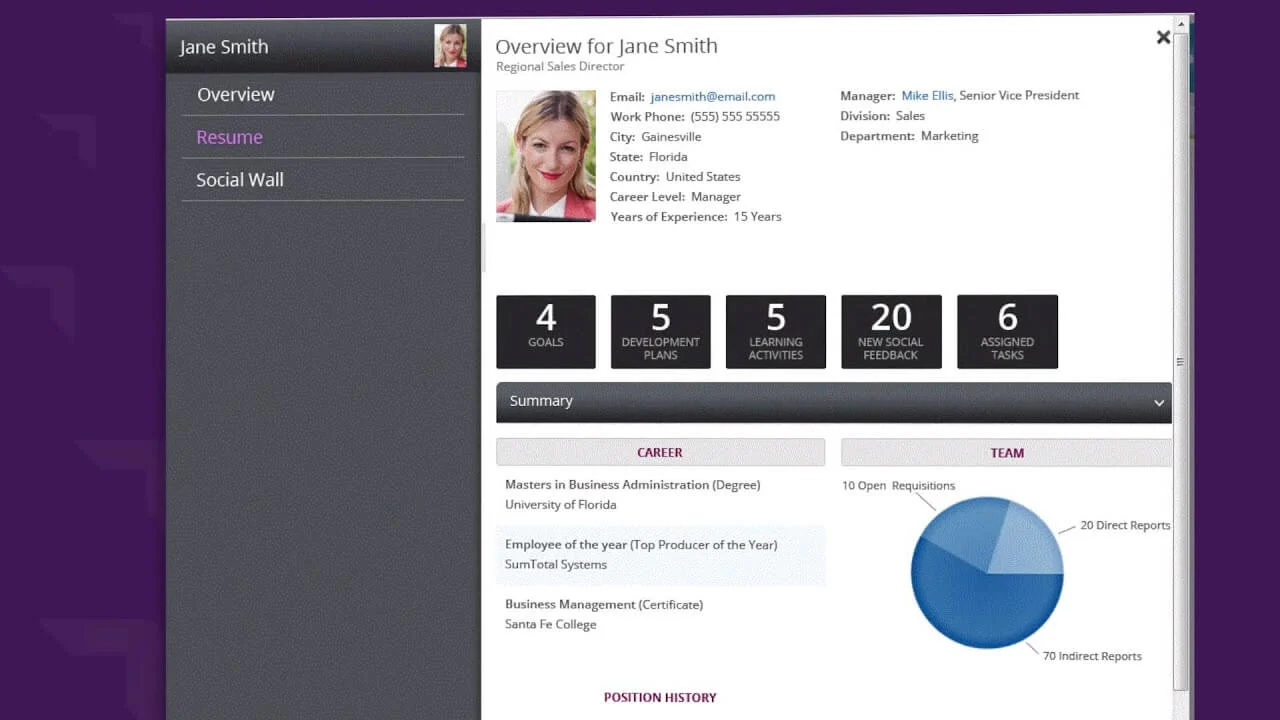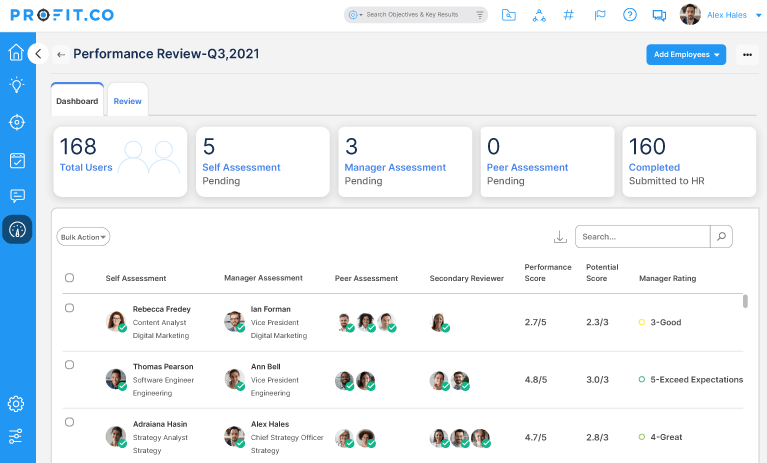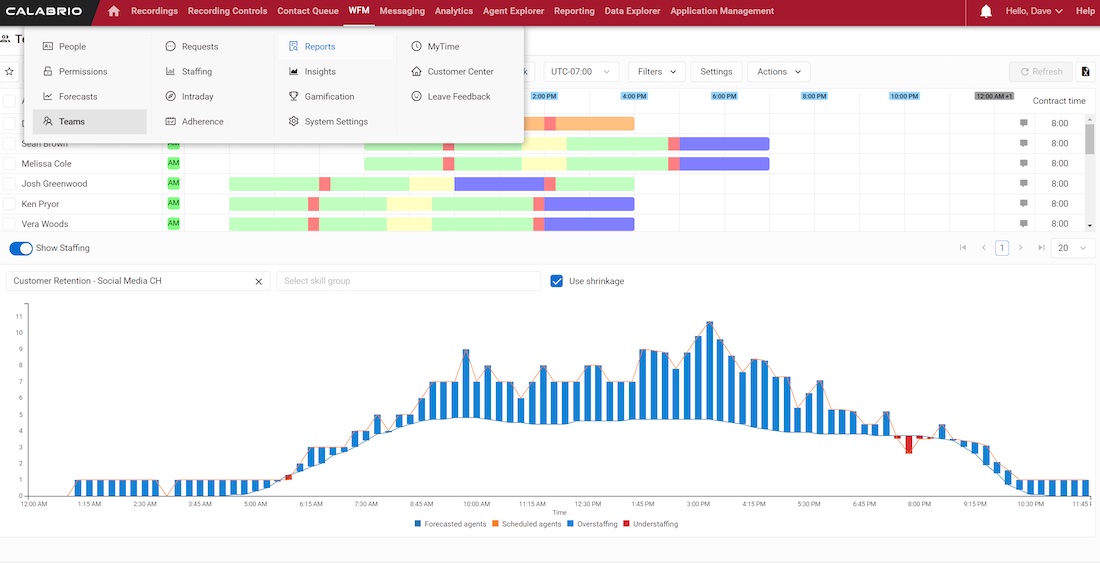As HR processes develop, adapt, and evolve, workforce management has become a mammoth task. Employee scheduling, attendance tracking, leave management, onboarding, benefits administration, call centre optimization, HRIS, time tracking, and payroll systems are just a few of the functions included in the top workforce management software.
I’ll go over some of the best, most dependable workforce management tools in this article to help you with anything from employee engagement to time and attendance management.
I’ll also go through the benefits of each workforce HR software option so you can decide if it’s suited for you.
Workforce Management Software: What Is It?
Workforce management software (also known as WMS or WFM software, depending on who you ask) is any digital solution meant to support a workforce’s day-to-day activities. Many basic human resource management functions, including as timesheets, labour management forecasting, performance management, absence management, task management, and payroll software, will almost certainly be included.
Some WMS may be a jack-of-all-trades, covering all of the aforementioned to differing degrees. Others may specialise in only a few professional services, or maybe just one of them.
Criteria for WFM Software Comparison
The following is a list of my evaluation criteria:
Workforce management requires UI capability to enable HR departments’ ease-of-use as well as intuitive employee self-service when appropriate. As a result, the user interface should be updated in real time, navigation should be simplified, and beautiful and modern workflows should be displayed.
Usability: Because large-scale WMS training sometimes incurs additional personnel costs, any software must be simple to understand for a mobile workforce and/or HR management.
Training should be delivered on a timely, complete, and accessible basis, with adequate customer service support.
Workforce management software must be able to integrate (plug-in or API) with popular apps for staffing, job lifecycle automation, budgeting, employee time and clock in tools, shift scheduling software, and artificial intelligence. Is it simple to connect the software to a wide range of third-party apps and services?
Pricing for workforce management software should be fair, flexible, and transparent to meet the demands of both large and small firms. Is there a mobile app, contact centre help, and other advantages included in the price?
Key Features of WFM workforce management software.
Support for several platforms, especially mobile — Because employees may bring their own device or have a platform preference, WMS must be OS and device neutral.
Real-time scheduling and time clock access from anywhere – For today’s mobile, remote, and hybrid workforce, time management and time keeping on the go is becoming increasingly important.
Automated reporting for critical metrics – As they traverse large-scale or remote workforces, managers will need ROI indicators and KPIs to save time.
Managers should have the authority to check in on, communicate with, and follow up with agents at all levels of the management.
Talent acquisition and continuing training – Your workforce is an asset to you, and you should prepare to invest resources in developing, training, and promoting them.
Readers support People Managing People. When you click through links on our site, we may receive a commission; discover more about how we strive to be transparent.
The 10 Best Workforce Management Software Overviews
Here’s a quick rundown of what each of the workforce management systems on my list does best, along with screenshots of some of the features.
1, SwipedOn Pocket – Best for location-based workforce management
SwipedOn Pocket is a workforce and employee management software designed to keep track of personnel on the job and ensure a safe working environment. With the release of SwipedOn Pocket, the tool may now help with employee safety by offering capabilities like contactless sign-in via QR codes. With proximity enabled, each employee sign-in is validated at a specific place, and accurate date and time stamping provides a complete picture of who is on-site at all times.
Users of SwipedOn Pocket can create custom screening questions, which can be used to conduct daily health and wellness checks as employees sign in, and administrators can be notified if any of the responses raise any red flags. SwipedOn Pocket is simple and easy to use, with a very clean, modern user interface.
Monthly plans start at $49 per month. The application also provides a free 14-day trial (no credit card required) as well as free demos with professionals on their team.
2. Oracle Workforce Management – Best for mobile workforce management
Oracle Workforce Management is a single-system solution that integrates time, labour, and leave management with payroll, financial, and people data. Managers will be able to traverse global absences while allowing for local customization, set up rules and policies, and track absence patterns and low employee productivity areas. Oracle Mobile Workforce Management (MWM), a highly functional, fully featured smartphone app companion, is also available.
The platform, like anything Oracle, has a learning curve, but it’s well worth the time investment to unlock the complete feature set’s potential. Employee salary charts, profitability and cost management dashboards, and fast incident reporting will all be available to you. Oracle has a number of first-party digital solutions that can manage the majority of your company demands without leaving the platform.
For a minimum of 1000 employees, Oracle Workforce Management costs $13/user/month.
A free demo is available.
3. Fuse Workforce Management – Best for self-service scheduling
Fuse Workforce Management is a cloud-based human capital management (HCM) solution that includes a management suite, real-time workforce analytics, ACA compliance management tools, time-tracking and absence systems, and payroll. They have a marketplace of third-party tools that allows for a lot of customization. Their self-service workforce scheduling solution stands out because it is extremely user-friendly, mobile-friendly, and packed with features. Requests for changes and PTOs can be handled directly through the site.
Fuse WM’s cloud-based HR services enable you manage the whole employee lifecycle. To keep things moving smoothly, you can use administrative process automation, ready-to-use hiring and training workflow templates, and applicant tracking solutions. They also include built-in warnings and alerts that alert you to potential schedule problems.
4. BlueYonder Workforce Management – Best for remote workforce management
BlueYonder is a workforce management solution built with employee engagement and efficiency in mind. In today’s world, if you have a fully or partially remote workforce, you’ll want a modern, collaborative, user-friendly, and colourful platform like BlueYonder at your disposal. They have the spartan user interface of modern workforce apps while yet providing robust capabilities such as skill-based scheduling, volume forecasts, and detailed service reporting.
While the most of the WMS on this list can support remote teams to some extent, BlueYonder Workforce Management excels at it. Multi-source analytics on one dashboard, great user friendliness for onboarding distant workers, and an excellent data and document management solution built right into the platform are all priorities.
5 .Alvaria Workforce Engagement Suite – Best workforce management dashboard
Alvaria (previously Aspect Workforce Management) is an award-winning workforce management solution that includes omni-channel workforce planning, endless “what-if” staffing scenarios, and simple employee self-service tools. It works with most popular automated call distributors (ACDs) and routing platforms. Alvaria features a fantastic dashboard set-up, as seen in the screenshot, with important and varied information provided with accessibility and readability in mind.
Although the dashboard colour system is abrasive, the vast knowledge base it samples is clever, actionable, and unique. You may create and track engagement and performance challenges, as well as examine prizes and other reward systems and select which data widgets to display where. They have a system in place to track shift switching events and sign in times.
6. SAP SuccessFactors – Best workforce management software for healthcare
SAP was formed in 1972 in Walldorf, Germany, and stands for “Systems, Applications, and Products in Data Processing.” Originally focusing on business resource planning, they have expanded to include workforce management capabilities, such as staff development and internal promotions. According to their website, SAP is presently used by 7 of the top 10 hospitals in the world for workforce management, where continual learning and lateral movement are especially beneficial.
SAP SuccessFactor may integrate with a variety of SAP digital products, including financial planning tools, accounting, supplier management, and core HR and payroll. This is great for customer-centric healthcare solutions that could benefit from simplified vendor management, if for no other reason than data security.
7. SumTotal Workforce Management – Best workforce learning app
You may schedule your staff using SumTotal Workforce Management based on availability, skill, and role. All within the platform, managers will be able to make drag-and-drop schedule changes, track availability and counts, and validate that certificates and training are current.
Time and attendance, scheduling, and absence management are all integrated into one platform.
SumTotal Workforce Management features a comprehensive training and learning management system that alerts users when they need to upgrade or enhance their skill sets while also keeping managers informed. They provide learning management systems for financial services, healthcare, government training, and manufacturing training.
8 . Paylocity – Best for employee performance management
Paylocity is a payroll and HR software company that offers dependable solutions for taxes, costs, recruiting, onboarding, employee development, compensation management, and benefits administration. Their mobile-friendly experience is ideal for modern employees that require access from any smart device while on the go. They feature a large app store as well as an API library for easy integration.
Paylocity makes performance management more fun by giving it a “social media” aspect, allowing users to give each other praises for certain tasks, activities, or behaviours. They have an integrated social hub to create community and break down departmental barriers.
Peer recognition and feedback survey technologies can help teams feel more involved in the continuous performance management process.
9. Calabrio Workforce Management – Best workforce management software for call centers
Calabrio purchased Teleopti in June 2019, combining sophisticated workforce management software with high-quality customer experience solutions. They’ve joined forces to provide one of the most comprehensive call centre workforce solutions available. They make it especially simple to record calls and save them for future training and feedback. Calabrio can also forecast peak and slack periods, track agent engagement, and integrate AI chatbot technology.
Calabrio Workforce Management is a flexible and scalable digital workforce management platform with capabilities including quick-build forecasting reports, schedule creation and distribution, mobile app self-service for agents, and gamification of achievement through badges and scorecards.

